Whether you're a motorcycle dealer concerned about the health of your business and taking care of your employees, or a consumer looking to buy a new or used motorcycle, or a rider who needs to sell a vehicle, you have a vested interest in knowing the trends in the U.S. powersports market. And we all know the past five years have been anything but normal.
To give its members and others some insight into those trends, the Motorcycle Industry Council sponsors periodic seminars, and last week I listened in as Jim Woodruff, CEO of National Powersport Auctions, presented an update. So whether you're a buyer or a seller, where do we stand as we enter the final quarter of 2023?
Gradually returning to "normal"
By now, I think everyone knows the basic outline of the story. The U.S. motorcycle market was just rolling along, pretty much flat-lining, until COVID hit. Production of new vehicles halted, the government started sending out free money, consumers' personal savings rose as they couldn't spend on many forms of entertainment. Dirt bike sales soared, because off-road was something people could do, and, not surprisingly, the prices of used motorcycles rose dramatically, due to the shortage of new bikes. Now, we are gradually returning to "normal."
Because NPA sells thousands of vehicles (motorcycles, side by sides, etc.) at wholesale auctions across the country from San Diego to Philadelphia, Woodruff has lots of data to confirm and measure those trends. As I've reported earlier, NPA auction results have shown for a year now that used motorcycle prices are slowly deflating from the COVID bubble. Woodruff said the "average clean wholesale value" of powersport vehicles at NPA auctions has dropped $2,500 from the peak in 2022 but is still $1,000 higher than in 2019, before the supply disruptions caused by the pandemic.
Recession, inventories, and underwater buyers
When Woodruff made his predictions for 2023, he expected the gradual price declines, but one prediction he got wrong was calling for a recession to hit this summer. That hasn't happened, he admitted, but he now expects it to occur next year. While consumers pinched by inflation have already shifted somewhat away from discretionary spending, that has been muted by the sustained low unemployment level.
"If unemployment changes, that's going to change our world," Woodruff said to the audience of mostly dealers.
Woodruff listed several headwinds that have dealers nervous: Inflation remains stubborn, interest rates are high for customers who need to borrow to buy, consumers have spent the extra savings they amassed during the pandemic, and credit card debt is now at an all-time high. Plus, inventory levels have now recovered.
Prior to the pandemic, dealers had 18 weeks of inventory on hand. During the pandemic, that fell to five weeks, and now it's back to 16. Because inventories are rising faster than sales, Woodruff expects dealer inventories to hit 20 weeks by the end of the year. Full inventories are a good thing if sales are strong, but a problem if sales slow.
Of course bigger inventories and declining prices are good news for a buyer. But buyers also face challenges in the new environment, and not just the high debt levels, diminished savings, and budget-squeezing inflation mentioned before. Not only are interest rates higher, but financial institutions also continue to tighten lending standards, making it more difficult as well as more expensive for buyers to take out a loan. And, while prices for used motorcycles continue their gradual decline and manufacturer rebates and incentives for new motorcycles are returning, it's still true that prices are generally above where they were in 2019.
What about an individual — not a dealer — trying to sell a used motorcycle? I can tell you, anecdotally, from looking at the prices of used motorcycles advertised for sale, that some sellers have recognized the changed landscape and others haven't. The latter are among those still asking new MSRP-level prices for a three-year-old motorcycle.
If a patient buyer who doesn't need financing is in the best position in the current landscape, perhaps those in the worst situation are those who bought at the bubble prices of 2021 and part of 2022 and now want to trade in that vehicle for something different or need to sell it because they lost interest or their financial circumstances have changed.
"It's really difficult for them to accept the reality of the current market," Woodruff said. "They may have purchased a vehicle during COVID... and they're shocked to find out how far underwater they are on that unit. It makes it very difficult to get a deal done" because dealers can't offer enough for a trade-in to cover the owner's debt. Plus, dealers are in a very different situation where many don't need to increase inventory, as they did before. And dealers are also being squeezed by declining prices because units they bought at wholesale or took as trade-ins months ago are now worth less than they were.
And what about those who can't pay their loans? Defaults are beginning to rise, "though are still in what I would call healthy territory," Woodruff said. And he also mentioned a byproduct of the pandemic that maybe no one expected but has also been confirmed by other entities, including Harley-Davidson Financial Services. When consumers do default on their motorcycle loans, fewer bikes are being successfully repossessed because so many repo operations went out of business. It's an unexpected phenomenon that HDFS said impacted its bottom line and Woodruff said is affecting the industry as a whole.
I think it's fair to say — and this is my perspective, not Woodruff's analysis — that it's neither a buyer's market nor a seller's market right now. Dealers are nervous that they may have finally built up inventory just as prices and demand are softening. Individual sellers are reluctant to accept that the days of selling a used motorcycle for the price of a new one are now past. And buyers are looking at prices that, while a little lower than the COVID bubble peak, are still above the historical trend line and interest rates make the real price higher yet, if the buyer can't pay cash.
So far, the return toward "normal" hasn't been totally satisfying for anyone and the only certainty is that 2024 will bring more changes in the landscape.


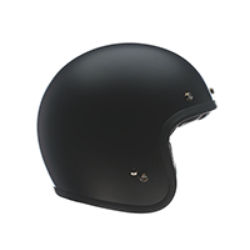

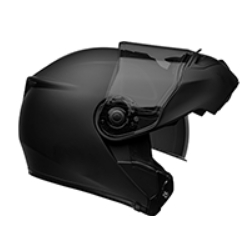

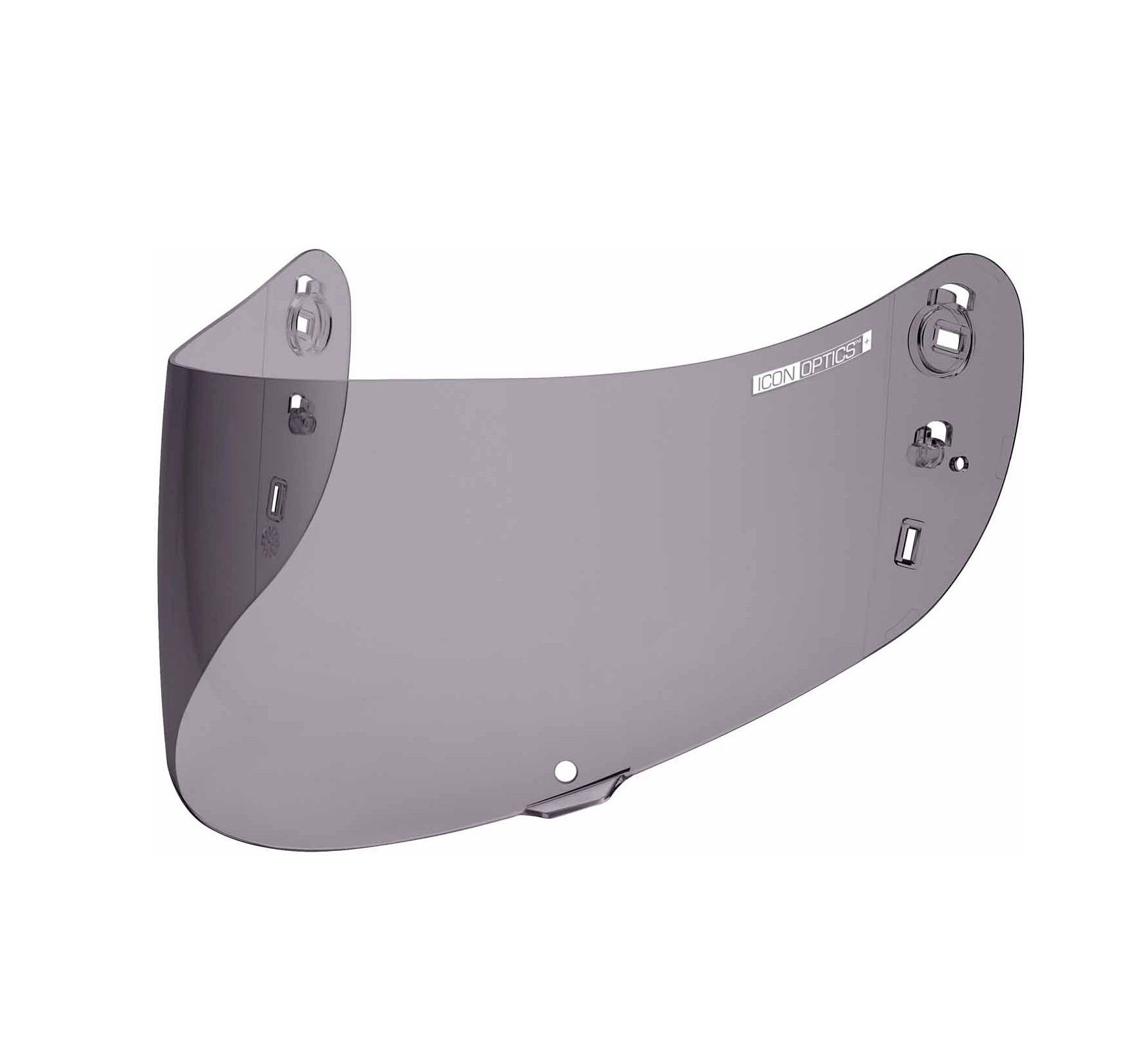
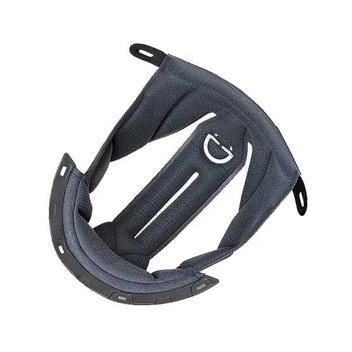
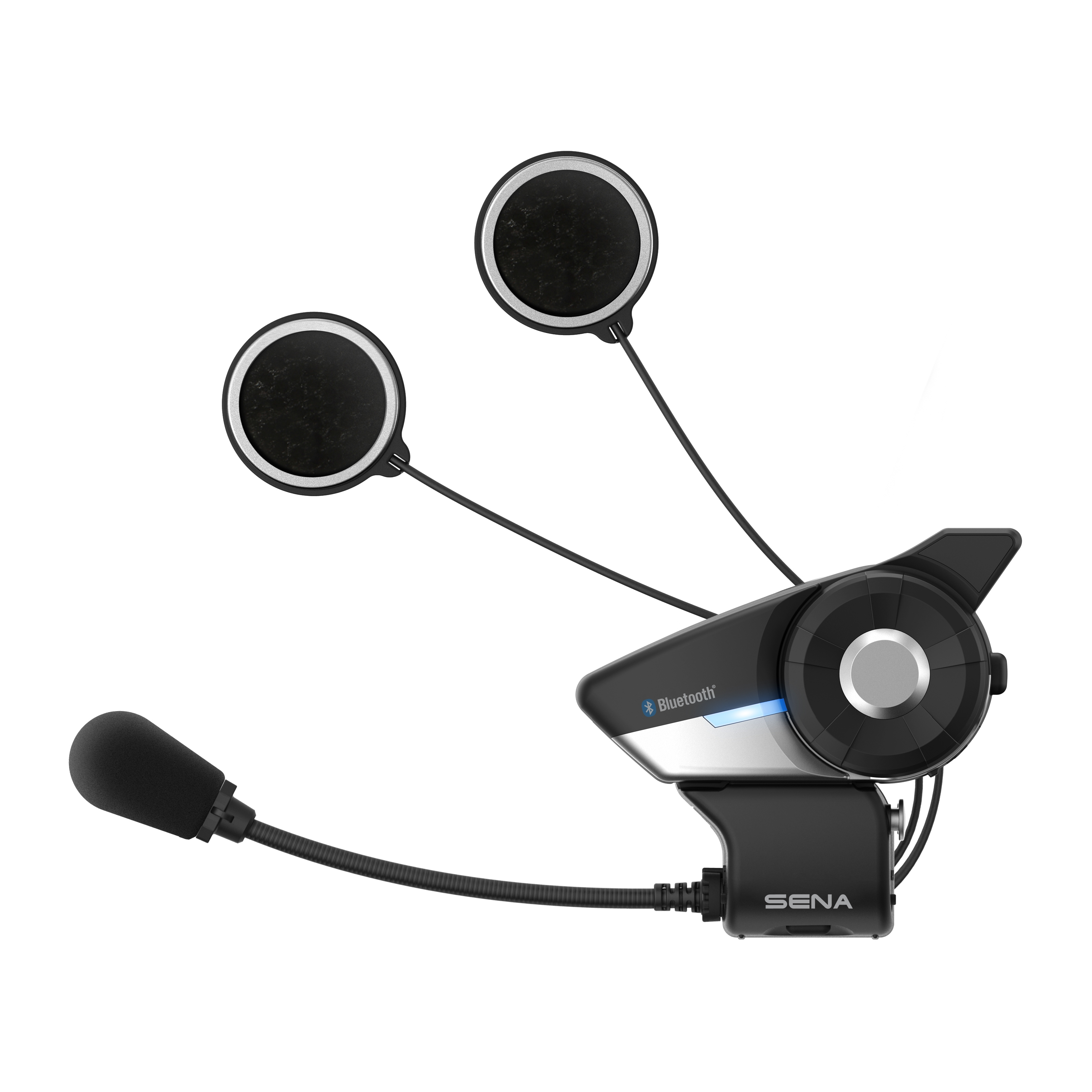

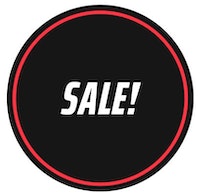
 Membership
Membership


